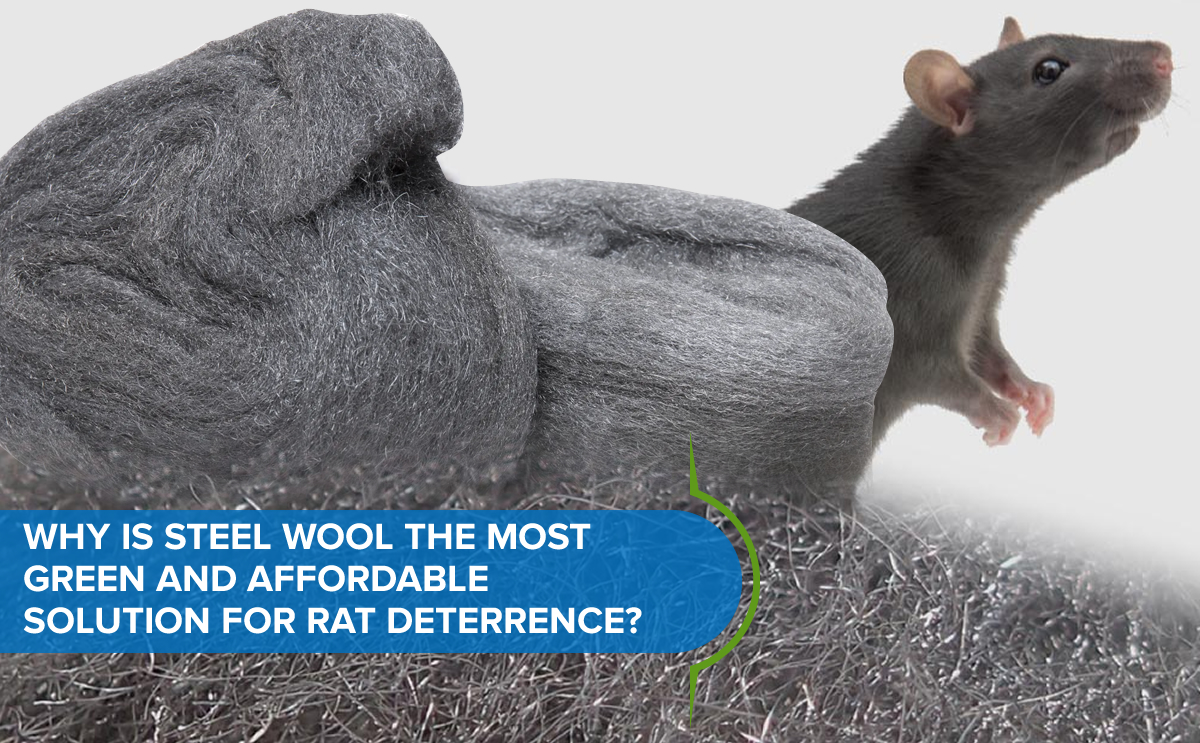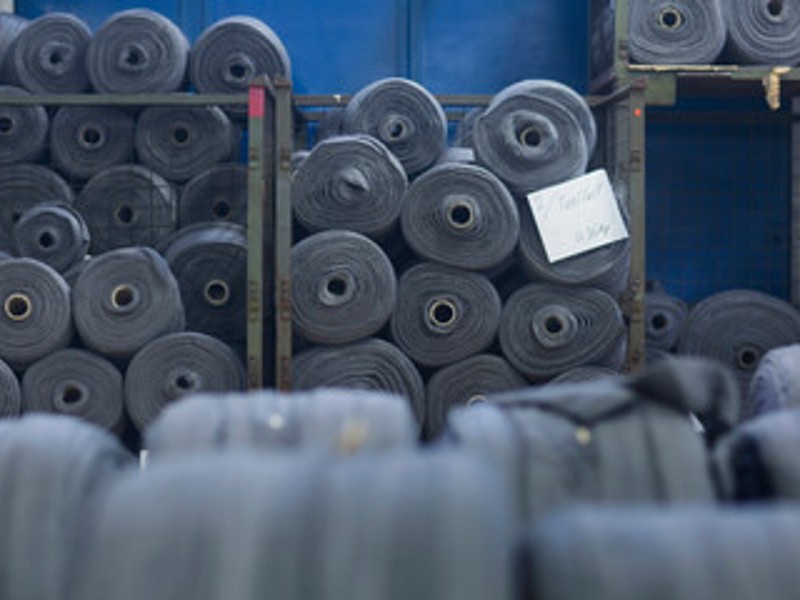- Pigeon Repellent Guide
- The Ultimate Guide to Bird Spikes
- The ultimate Guide on How to get rid of fruit flies
- Guide On How To Get Rid Of Flies Inside Your House
- How does steel wool for mice help safeguard your spaces?
- Everything you need to know about the mosquitoes | How to prevent them
- Which company is best for pest control ? How To Decide?
- What is rodent proofing and why do you need rodent proofing?
- Ultimate Guide to Get Rid Of Flying Insects UK
- Comprehensive Guide to Using Steel Wool for Mice Control
Why is Steel Wool the Most Green and Affordable Solution for Rat Deterrence?

Steel wool is often recommended as a rat deterrent for a few reasons, including its effectiveness, affordability, and eco-friendly properties:
- Effectiveness: Rats are known for their ability to gnaw through various materials, including wood, plastic, and even some metals. However, steel wool is a dense and abrasive material that is difficult for rats to chew through. When used to block entry points, it can be an effective barrier to prevent rats from entering homes or other structures.
- Affordability: Steel wool is a cost-effective solution compared to some other rodent control methods. It is widely available at hardware stores and is relatively inexpensive, making it a budget-friendly option for individuals looking to address a rat problem without spending a significant amount of money.
- Eco-friendly: Steel wool is a natural material composed of fine steel fibers. Unlike some chemical-based rodent repellents or poisons, steel wool doesn’t introduce harmful substances into the environment. It’s a mechanical barrier that works by physically preventing rats from gaining access to certain areas. This can be appealing to those who prefer environmentally friendly or non-toxic solutions.
However, it’s important to note that while steel wool can be effective for small gaps and holes, it may not be suitable for all situations. Rats are persistent and can find alternative routes if not all entry points are properly sealed. Additionally, steel wool can rust over time, so it might not be the best choice in damp or outdoor environments where rusting could occur.
When using steel wool for rat deterrent, it’s often recommended to combine it with other preventive measures such as proper sanitation, sealing entry points with more durable materials, and, if necessary, using traps or other methods to control an existing rat population

Optimizing Pest Control: A Guide to Effectively Utilizing Steel Wool
To ensure the utmost effectiveness of steel wool in pest control, homeowners can implement the following best practices for proper installation and long-term success.
- Identifying and Sealing Entry Points: Conduct a comprehensive home inspection to pinpoint potential entry points for pests, such as gaps around pipes, wall cracks, and openings around doors and windows. Seal these areas with steel wool, ensuring a snug fit that eliminates any opportunities for pests to infiltrate.
- Monitoring and Timely Replacement: Regularly inspect areas where steel wool is installed. Over time, natural wear and tear may create openings for pests. Promptly replace any damaged or deteriorated steel wool to uphold a robust and effective barrier.
- Integration with Other Green Practices: Boost the efficacy of steel wool by incorporating additional green pest control measures. Maintain cleanliness in food storage areas, eliminate standing water, and ensure proper ventilation to diminish the appeal of your space to pests.
- Educating Others: Share the advantages of using steel wool for pest control with your network of friends, family, and neighbors. By advocating for eco-friendly alternatives, you contribute to a broader movement promoting sustainable living practices.
Conclusion:
As the demand for affordable and environmentally friendly pest control solutions continues to grow, steel wool proves to be a versatile and effective option. With its dual benefits of efficacy and sustainability, steel wool stands as a preferred choice in the evolving landscape of global pest control trends. Embracing steel wool in pest control practices allows individuals to safeguard their homes, champion environmental sustainability, and actively contribute to a greener and healthier future
